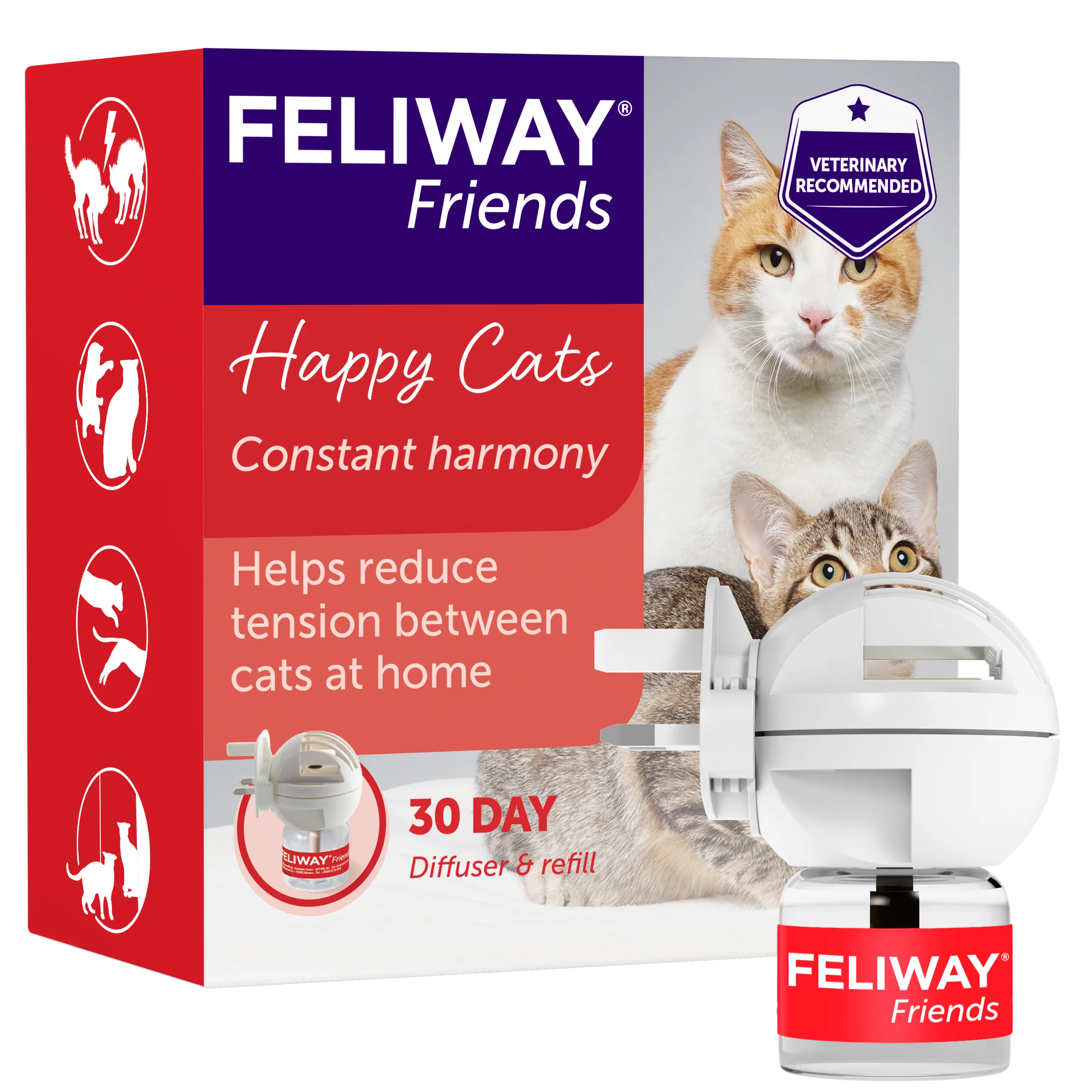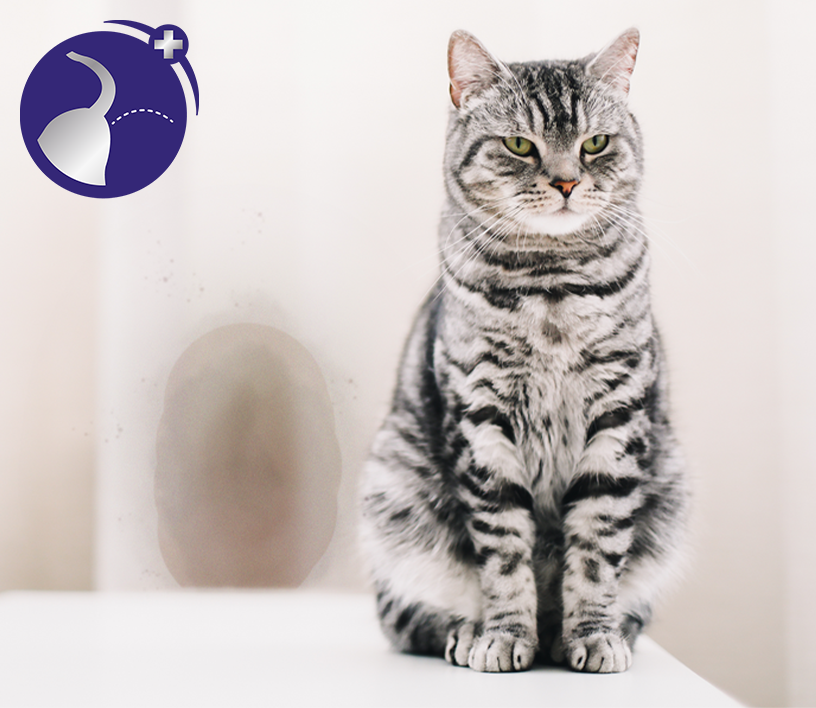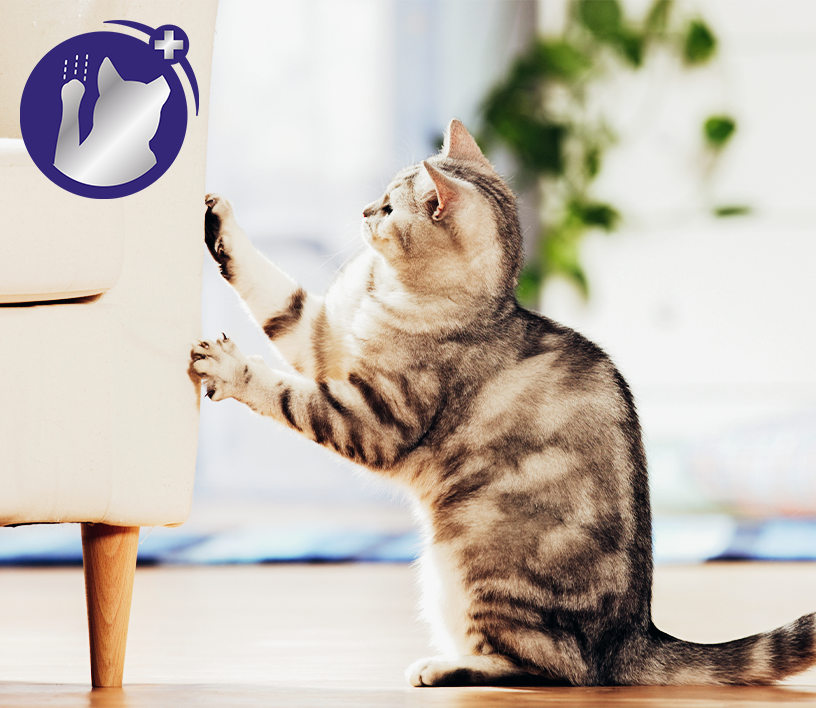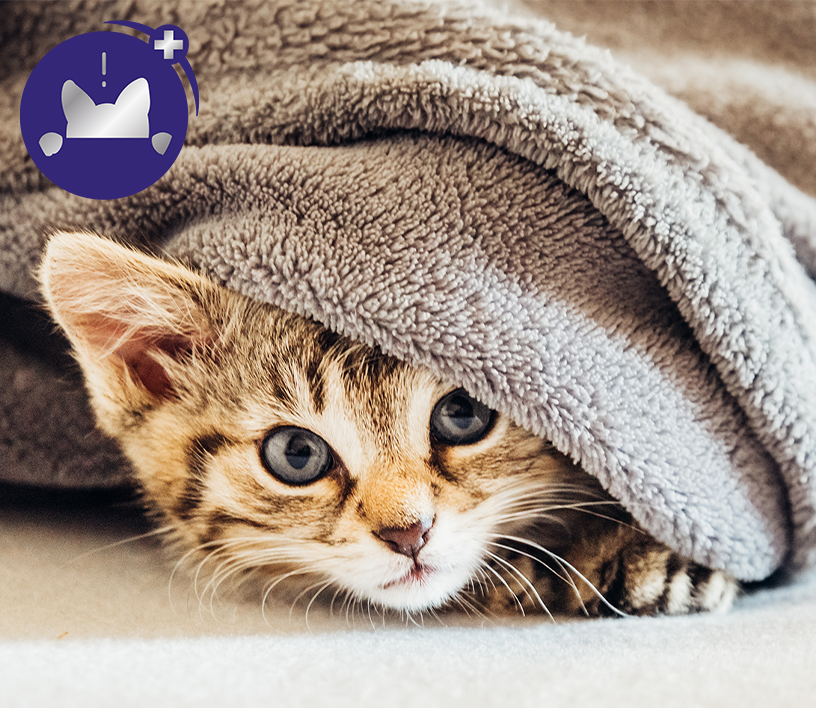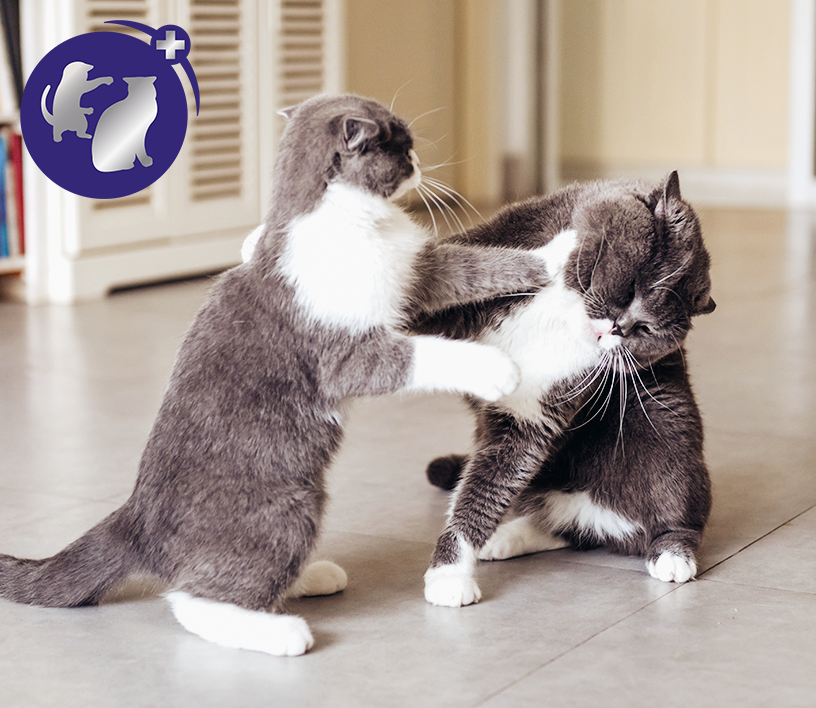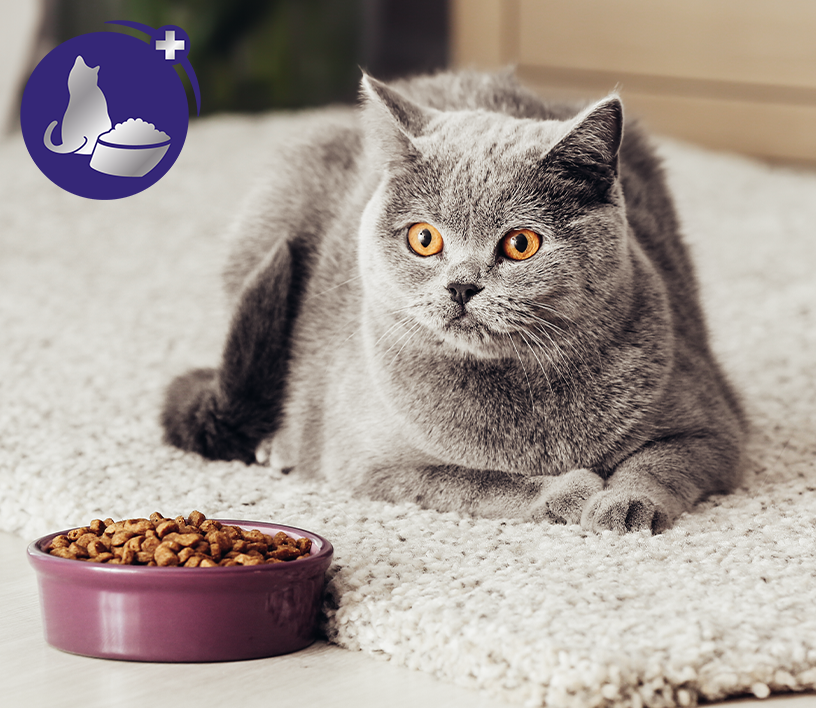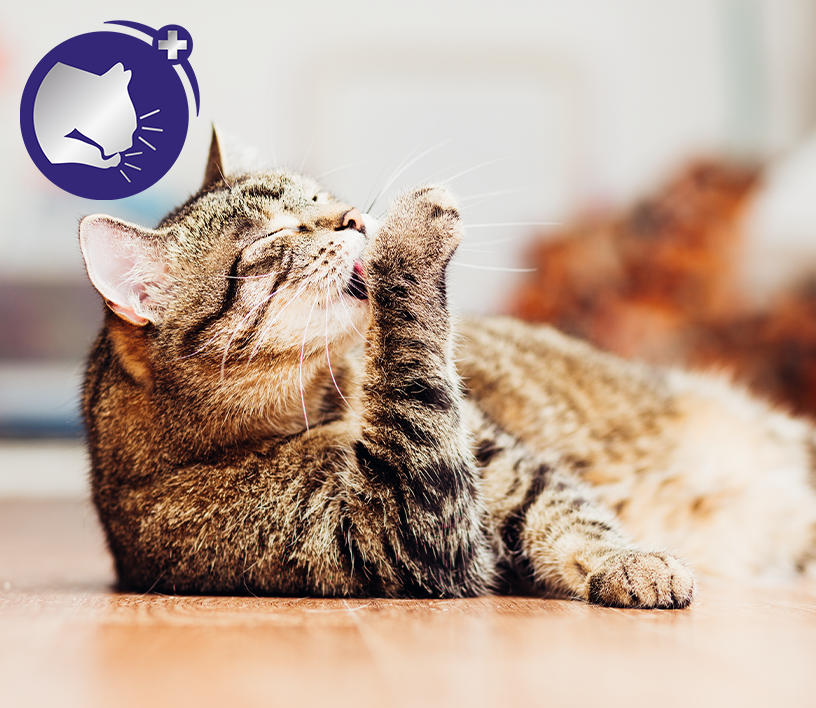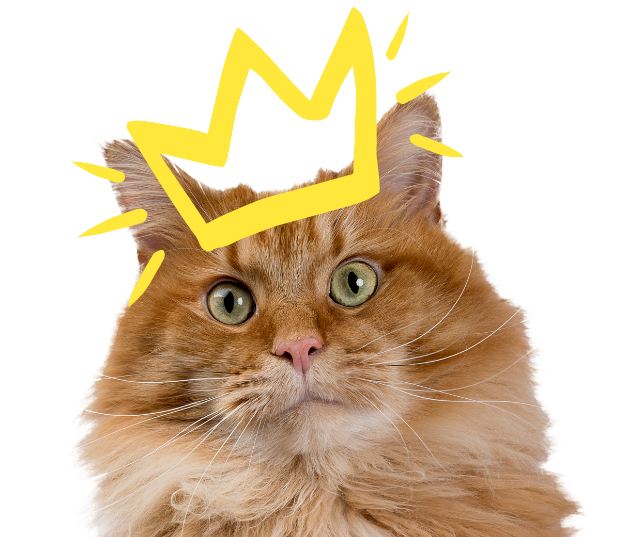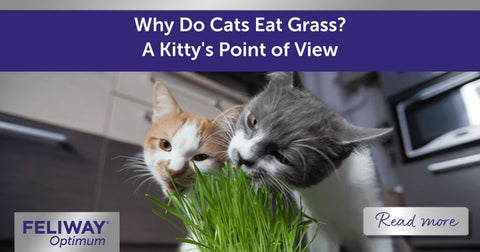
The Cat and Its Two Roles: Hunter and Prey – A Happy Cat Expert Explains!
The domestic cat retains many of the biological characteristics of its wild ancestors, and much of its way of life. As such, cats are strongly attached to their territory, living alone and as a hunter of small prey. In this article, we’re exploring these key characteristics of cats, both as a hunter and prey.
The Ancestry of Domestic Cats
The domestic cat originates from an ancestor that still exists today, the African wild cat (Felis silvestris lybica). Interestingly, there are a number of characteristics common to the wild cat that define the behaviour of today's cats, too. While there are naturally nuances due to the domestication process, it’s worth exploring these common characteristics further and how they influence how our modern cats behave:
- Territorial – Cats are highly dependent on the resources their territory offers them, such as the availability of food, places to shelter, and the proximity of people. After all, people are in part providers of the previous two.
- Predatory – Cats are hunters of small prey, such as birds or rodents. In fact, this is their main source of food when they are not provided with food by humans. However, as each prey provides few calories, cats need to hunt and eat numerous catches per day in order to survive. This requires a large daily expenditure of time and energy for hunting activities.
- Solitary – Cats hunt individually, and the presence of other cats will generate competition for the resources offered by their territory. There can be exceptions to this rule, of course, such as where there is a high availability of resources in the same territory. In this case, cats can coexist with other conspecifics and even form stable social groups. The reproductive season can be another exception, when cats will look for individuals of the opposite sex to mate with.

Cats as Both Hunters & Prey
We can consider the domestic cat predominantly as a hunting animal. In many cases, cats survive by feeding on the prey they hunt themselves. In fact, the wild cat originally began to approach human settlements because of the high presence of rodents around the food stores that man accumulated. Thus, by allowing cats to perform this "raticidal" function, man began to provide cats with natural food.
Historically, however, cats have also played the role of prey for larger predatory carnivores such as wild canids or, more recently, stray dogs. This implies that cats must not only remain vigilant to find prey, but also to protect themselves from being hunted.
From this fact, it is easy to understand that cats are a species particularly sensitive to potentially threatening stimuli – they are easily frightened animals – and that their main survival strategy is to flee and/or hide. Therefore, to feel safe in their territory, it’s important that cats are able to control and recognise the stimuli in their territory. Equally, they need to have numerous and effective hiding places, such as elevated shelters, where larger and less agile predators will find it difficult to reach.
How Can We Adapt These Roles for Domestic Cats?
When they live with us, it is important that we consider the nature of cats as a species. We need to respect their needs, not only physiologically but also behaviourally. In this sense, respecting the conditions derived from the dual ancestral role of domestic cats – as both hunter and prey – is fundamental for ensuring a healthy and peaceful coexistence.
Adapting Domestic Cats to the Hunter Role
As we have discussed, hunting or predation is one of the main activities that naturally occupies most of a cat's daily time. When a cat is living indoors with us, even if they have food without having to hunt, they will still need to devote a large part of their daily time to searching and predatory activities.
When we feed our cats by placing food in their bowls, we are drastically reducing the time spent foraging and eating. This also reduces their physical activity and mental stimulation, which they would otherwise receive from hunting, and consequently increases the risk of obesity and other medical conditions.

With this in mind, it is essential that we adapt the home environment to the conditions that cats would have in a natural environment, providing opportunities for hunting and foraging. This can be achieved through refillable food devices or toys that allow cats to spend time finding and obtaining food. This can also be done through play or the use of toys that encourage predation, such as toys that simulate the movement of prey. These alternative activities to hunting allow domestic cats to feel more stimulated and, in turn, improves their wellbeing.
Adapting Domestic Cats to the Prey Role
Cats are particularly sensitive to new or unfamiliar stimuli. The cat's ancestral role as prey means they are constantly on alert when any conditions in their environment are disturbed. Therefore, to keep our cats at the highest levels of calm and wellbeing in the home, it is advisable to apply the following measures:- Stability – Create a stable, calm environment for your cat, where there is minimal change.
- Hiding Places – Provide plenty of hiding places and elevated areas for your cat to feel safe in case of any changes or unknown stimuli (such as people or other animals) coming into the house.
- Territorial Marking – Allow your cat to mark territory with pheromones by rubbing their face or body on items, or even by using scratching objects, and avoid erasing or cleaning up their markings. The familiarity of these messages within their territory will provide a sense of security.
- Safe Space – Create a private area for your cat where unfamiliar people or animals can never access. This can be a specific area of the house or a room that is not a passageway. If your cat knows they can take refuge there when nervous or threatened, this will help them to feel more in control of their environment.
Are you interested in learning more about how you can adapt your home to create the perfect environment for your cat? Check out all our articles online, and don’t forget than you can stay up to date with all our latest tips and advice by signing up to our newsletter!











